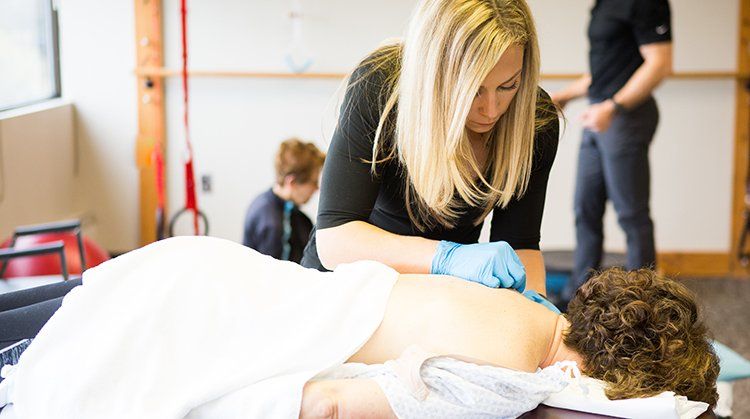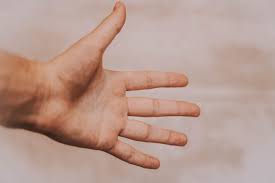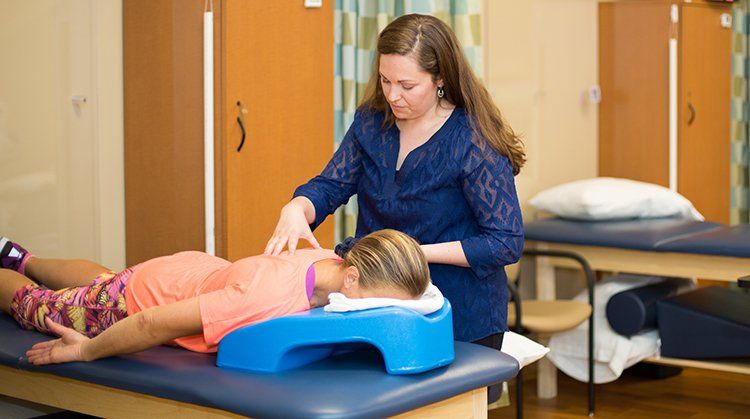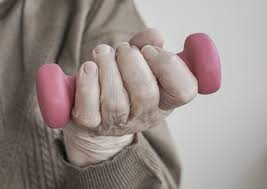By 06/22/20
•
June 22, 2020
Stroke (when a blood vessel in the brain is blocked or ruptured) is the third leading cause of death in the United States, and is a leading cause of serious, long-term disability in adults. Stroke can happen to anyone at any time—regardless of race, sex, or even age—but more women than men have a stroke each year, and African Americans have almost twice the risk of first-ever stroke than Caucasians. Approximately two-thirds of those who experience a stroke are over 65 years of age. Almost 800,000 people in the United States have a stroke each year. Physical therapists provide treatments for people who have experienced stroke to restore their movement and walking ability, decrease their disability, and improve their quality of life. If you have 1 or more of the following symptoms, immediately call 911 or emergency medical services (EMS) so that an ambulance can be sent for you: Sudden numbness or weakness of the face, arm, or leg, especially on one side of the body Sudden confusion or trouble speaking or understanding Sudden trouble seeing in one or both eyes Sudden trouble walking, dizziness, loss of balance or coordination Sudden, severe headache with no known cause If You Think Someone Might Be Having a Stroke Act F.A.S.T.! Emergency treatment with a clot-buster drug called t-PA can help reduce or even eliminate problems from stroke, but it must be given within 3 hours of when symptoms start. Recognizing the symptoms can be easy by remembering to think F.A.S.T. F=Face. Ask the person to smile. Does one side of the face droop? A=Arms. Ask the person to raise both arms. Does one arm drift downward? S=Speech. Ask the person to repeat a simple phrase. Does the speech sound slurred or strange? T=Time. If you observe any of these signs, call 911 and note the time that you think the stroke began. Research shows that people with stroke who arrive at the hospital by ambulance receive quicker treatment than those who arrive by their own means. What Is Stroke? Stroke is a term used when a blood vessel in the brain is blocked (65% of all strokes) or ruptures. It is also called a cerebral vascular accident (CVA). If the blood flow is stopped or altered, a part of the brain does not receive enough oxygen. Millions of brain cells die every minute during a stroke, increasing the risk of permanent brain damage, disability, or death. An ischemic stroke, the most common type, occurs when a blood vessel is blocked. One frequent cause of blockage is a blood clot or a build-up of fatty deposits (arteriosclerosis) in blood vessels that supply the brain. A hemorrhagic stroke occurs when a blood vessel leaks or ruptures because of a weakened region of a vessel or in an area of the brain with a cluster of abnormally formed vessels. Signs and Symptoms If you are having a stroke, you might: Feel a sudden numbness or weakness of the face, arm, or leg, especially on one side of the body Be confused about where you are or what you're doing Have trouble speaking or understanding what others are saying Have trouble seeing in one or both of your eyes Have trouble walking, be dizzy, or lose your balance Have a sudden, severe headache that seems to come out of nowhere Some people experience a transient ischemic attack (TIA), a "mini-stroke" that produces stroke-like symptoms, but no permanent damage because the blood flow is altered for only a short period of time. Recognizing and seeking treatment for TIAs can reduce your risk of a major stroke. Stroke can cause a range of long-term problems, such as: Inability or difficulty moving one side of the body (hemiparesis or hemiplegia) Severely limited movement or stiffness in the arms and legs (spasticity) Balance problems Weakness on one side of the body Off-and-on numbness Loss or lack of sensation Sensitivity to cold temperatures Memory loss Slowed or slurred speech Difficulty remembering words How Is It Diagnosed? Physicians or emergency medical personnel will assess a stroke based on the signs and symptoms. Stroke is often confirmed by examining the patient, using clinical tests and taking images of the brain, usually with a CT scan or MRI. Since research has proven that early treatment can reduce the effects of stroke and save lives, efforts are being made to get persons suspected of having a stroke to a hospital stroke unit, rather than the emergency department. Physicians may use a classification system, called TOAST, to determine the type of stroke, so that treatment can begin quickly. How Can a Physical Therapist Help? Physical therapists are part of the stroke rehabilitation team. Rehabilitation begins very soon after a stroke; your physical therapist’s main goal is to help you return to your activities at home, at work, and in your community. After examining you and evaluating your condition, your physical therapist will develop an individualized plan to help you achieve the best possible quality of life. The plan will focus on your ability to move, any pain you might have, and ways to prevent problems that may occur after a stroke. One of the first things your physical therapist will teach you is how to move safely from your bed to a chair, and to perform exercises in bed. As you become more mobile, your physical therapist will teach you strengthening exercises and functional activities. Later, your physical therapist will: Help you improve your balance and walking. Fit you with a wheelchair, if needed. Provide training to your family and caregivers. Train you in how to use devices that can help you keep mobile when a stroke has affected your ability to move, walk, or keep your balance: orthoses, prostheses, canes, walkers, wheelchairs, and perhaps even robotics. Treatment for stroke varies. Your specific treatment will depend on the results of your physical therapist's evaluation, and on how long it's been since you had your stroke. Recovery from a stroke depends on the size and location of the stroke, how quickly you received care, and your other health conditions. Your physical therapist will help you regain functional skills to allow you to participate in your specific life activities. Relearning How to Use Your Upper Body, How to Walk, and How to Perform Daily Activities Your physical therapist will design an exercise and strengthening program based on tasks that you need to do every day, selecting from a variety of treatments. Physical therapist researchers are at the forefront of innovating many of these techniques: Constraint-induced movement therapy (CIMT). CIMT is used to strengthen an arm affected by the stroke. Your physical therapist will apply a mitten or a sling on your strong arm to keep you from fully using it. This constraint "forces" you to use your arm or hand affected by the stroke to perform daily tasks, which helps build your strength and control. CIMT requires that the constraint be used for several hours a day, several days a week to be successful. Functional electrical stimulation (FES). This treatment helps move your muscles if they are very weak. For instance, your physical therapist might use FES to treat a painful or stiff shoulder. Motor imagery and mental practice. These tools are used to help strengthen the arms, hands, feet, and legs. Working with your physical therapist, you will "rehearse" a movement without actually performing it, which stimulates the part of your brain that controls the movement. Positioning. Proper positioning helps reduce any muscle pain, spasms, slowness, or stiffness that can result from stroke. Your physical therapist will teach you how to safely move ("transfer") from a sitting to a standing position, and how to support yourself when sitting or lying down, using foam wedges, slings, and other aids. Virtual reality and interactive video games may be used to provide experiences similar to real life. Using a keyboard and mouse, a special wired glove, or sensors on your body, you can practice daily tasks as your therapist helps you "rewire" your brain and nerve connections. Your therapist may teach you how to continue these activities at home. Partial body weight support (BWS). BWS is used to help support you as you walk, usually on a treadmill. Your physical therapist will gradually decrease the amount of support as your posture, strength, balance, and coordination improve. Biofeedback. This treatment helps make you aware of how your muscles work and how you might be able to have better control over them. Your therapist will attach electrodes to your skin to provide measurements of muscle activity that are displayed on a monitor. Your physical therapist will work with you to help you understand and change those readings. Your needs will change over time, and your physical therapist may consider using aquatic therapy, robotics, or support devices to assist in your recovery. Even after rehabilitation is completed in a facility, your physical therapist will continue to see you as needed to assess your progress, update your exercise program, help you prevent further problems, and promote the healthiest possible lifestyle. . www.choosept.com , the official consumer Website of the American Physical Therapy Association,© 2017










